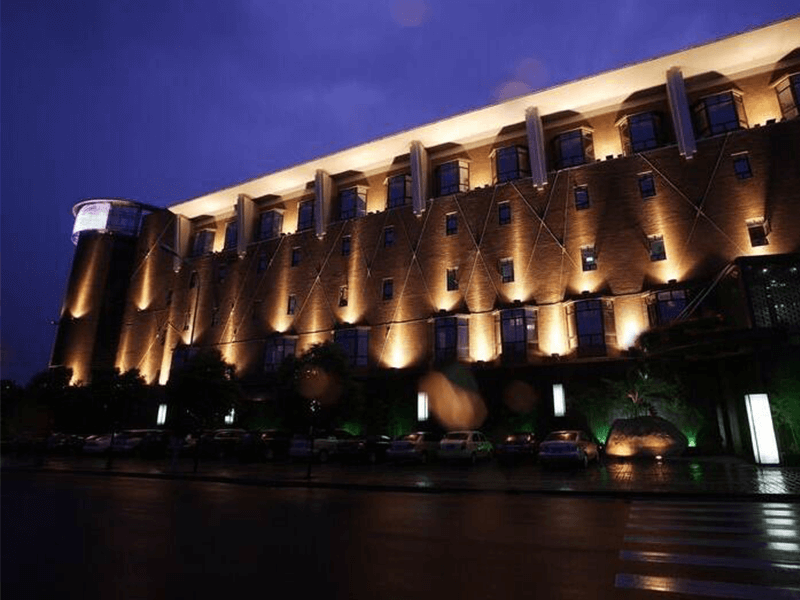LED lights offer several advantages over fluorescent lights, making them popular for various applications. Some key benefits of LED lights over fluorescent lights include:
Energy Efficiency: LED lights are highly energy-efficient and convert a significant portion of their energy into light, resulting in less energy waste. LEDs can provide energy savings of up to 50-80% compared to fluorescent lights.
Longer Lifespan: LED lights have an exceptionally long lifespan, typically 25,000 to 50,000 hours or even more, depending on the quality of the LED. In contrast, fluorescent lights generally have a lifespan of around 8,000 to 15,000 hours. This extended lifespan of LEDs reduces the frequency of replacements, maintenance costs, and the overall environmental impact.
Omnidirectional light: Fluorescent lights produce light in an omnidirectional manner, spreading light in all directions, while LEDs emit light in a more directional beam, which affects the overall lighting outcome.
Durability: LED lights are constructed with solid-state components and have no fragile glass tubes or filaments, making them highly durable and resistant to shocks, vibrations, and temperature variations. On the other hand, fluorescent lights are more fragile and prone to breakage.
Instant Start and Restrike: LED lights provide instant illumination with no warm-up time required. They turn on at full brightness immediately, making them suitable for applications where frequent switching on and off is necessary. Fluorescent lights, on the other hand, require a warm-up period before reaching full brightness and may experience flickering during the start-up process.
No Need Reflectors: Fluorescent lights emit light in a 360-degree pattern, radiating in all directions along the tube’s circumference. Due to this design, only a tiny portion of the total light is directed downward, making it more suitable for illuminating a specific area, such as a desk in an office. The remaining light disperses to less functional areas unless reflectors are used, which scatter a significant portion of the light.
In contrast, LED lights have a directional output with a beam angle typically around 110 degrees. This means they emit light in a focused manner, eliminating the need for additional reflectors or diffusion glasses. The directional nature of LED lights ensures that a higher percentage of the light is directed precisely where it is needed, enhancing efficiency and reducing wasteful light dispersion.
Design Flexibility: LED lights offer greater design flexibility, available in various shapes, sizes, and colors. They can be easily integrated into different lighting fixtures and customized for specific lighting needs. Fluorescent lights, on the other hand, have more limitations in terms of size and design options.
Environmental Friendliness: LED lights are considered more environmentally friendly than fluorescent lights. They do not contain mercury, a hazardous substance found in fluorescent lights, making them safer for human health and the environment. LED lights are also recyclable and contribute to reducing carbon emissions.
Dimming Capability: LED lights are compatible with dimming controls, allowing for precise control over light intensity and creating ambiance. Fluorescent lights, on the other hand, may have limited dimming capabilities and can experience issues such as flickering or reduced lifespan when dimmed.
No Ultraviolet Light: Fluorescent lights emit UV light, which can be harmful to the eyes and cause damage to fabrics and materials. In contrast, LED lights do not emit UV light as all of their light falls within the visible spectrum, making them safer for eye health and preserving fabrics and other materials.
More Safety: LED lights are highly resistant to damage compared to the fragile tubes of fluorescent lights. Even in the event of breakage, LED lights pose minimal safety risks. On the other hand, fluorescent bulbs contain mercury, which can lead to more significant damage and potential health hazards in case of breakage.
